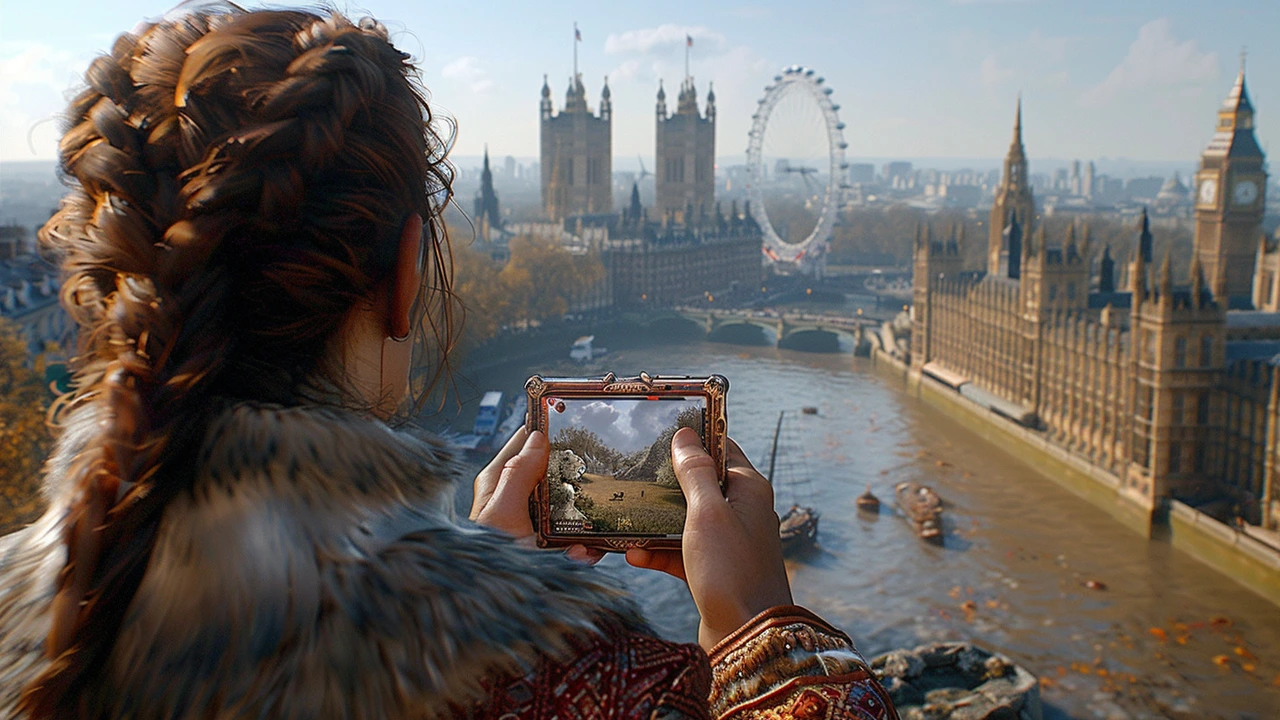Mastering In-Game Advertising: Engaging Players Through Entertaining Marketing Strategies

The Rise of In-Game Advertising: A Modern Marketing Saga
The digital age has witnessed the birth and meteoric rise of several innovative marketing strategies, but few have been as game-changing (pun intended) as in-game advertising. Traditionally, video games were seen merely as entertainment platforms, but today, they double as dynamic spaces for immersive marketing. The key to their success? An ability to seamlessly integrate advertisements into the gaming environment without taking away from the player’s experience. It’s a delicate balance, but when done right, in-game ads can achieve what every marketer dreams of: keeping consumers engaged.
Consider the statistics: a Nielsen report highlights that over 2.5 billion people worldwide play video games, making the potential reach of in-game ads astronomical. This broad audience consists of a diverse demographic, debunking the outdated stereotype of the 'typical gamer'. From busy moms sneaking in a quick game to decompress, to professionals unwinding with an hour of gaming after work, the audience is as varied as it is vast.
But not all in-game ads are created equal. The most successful ones are those that understand the gaming environment and culture. They are ads that don’t just scream 'buy me', but rather, enhance the gaming experience. This could mean placing billboards within a racing game that feature real-world brands or offering in-game rewards for watching an ad. The bottom line? If the advertising feels like a part of the game, it enhances the player's experience rather than detracting from it.
One of the earliest examples of in-game advertising done right can be traced back to the 1990s with titles like 'Zool', a platform game that featured prominent advertising from Chupa Chups, the Spanish confectionery brand. This early foray into the realm of in-game ads was both innovative and suggestive of the untapped potential within video games as platforms for marketing.
Strategies and Insight: How to Captivate Gamers with Your Brand
So, how do savvy marketers harness the power of in-game advertising to captivate and engage players? It starts with understanding the gaming culture and environment. Gamers are known for their highly competitive and immersive engagement with content. Thus, any advertising strategy aiming to capture their attention needs to be equally engaging and seamlessly integrated into the gaming experience.
One effective strategy is the use of native advertising. This refers to ads that are so well integrated into the game’s environment that they appear to be a part of the game itself. For example, incorporating brand logos or products as items within the game. This not only increases brand visibility but does so in a way that feels natural and unobtrusive to the gamer.
Engagement can also be heightened through interactive ads. Gamers are active participants in their medium, so advertisements that require some form of interaction can perform exceptionally well. Whether it’s a mini-game within the main game that rewards players with in-game items or exclusive content, interaction keeps players engaged and builds a positive association with the brand.
Let’s not overlook the power of personalization. With the vast amount of data available, ads can now be tailored to the preferences and playing habits of individual gamers. This means that a player who enjoys strategy games might see ads for similar games or related products, enhancing relevance and reducing ad fatigue.
In conclusion, in-game advertising holds a unique position within the digital marketing landscape. By blending seamlessly into the gaming experience and respecting the gamer's immersion, marketers can not only capture the attention of a vast and engaged audience but also build positive brand associations. As games continue to evolve and capture more of our digital attention, the potential for in-game ads will only grow, marking an exciting chapter for marketers willing to dive into this immersive marketing platform. With the right strategies, understanding of the gaming culture, and focus on enhancing rather than disrupting the gaming experience, in-game ads have the potential to revolutionize not just how we market, but how we engage with media itself.



